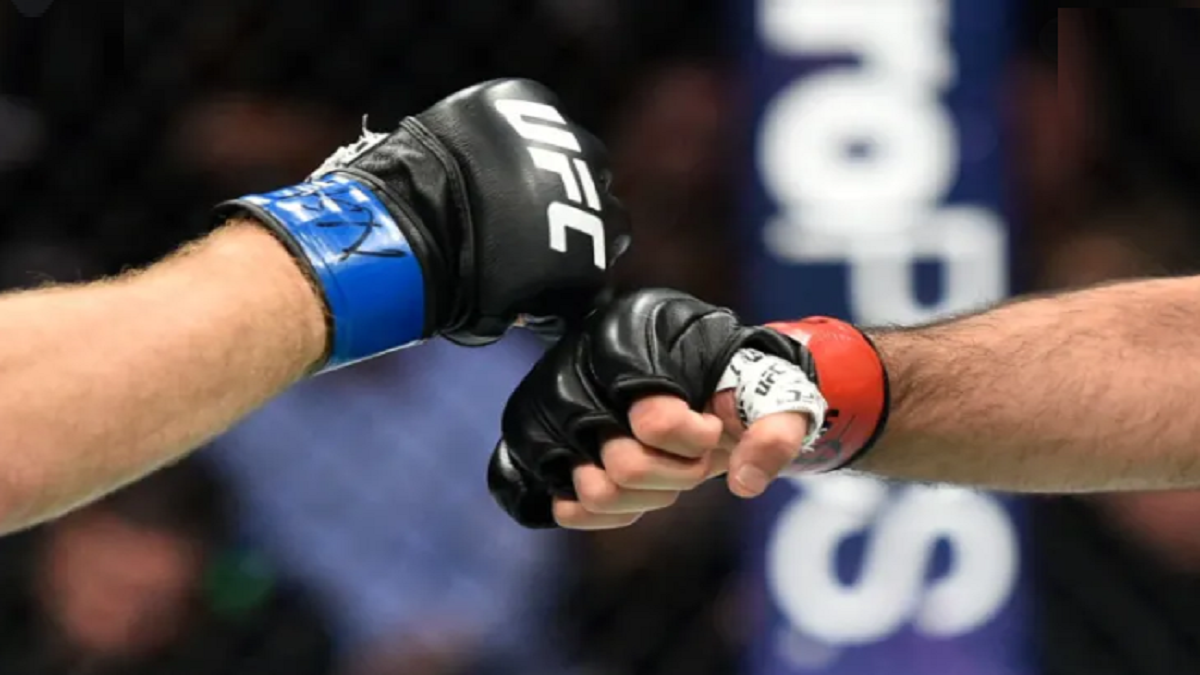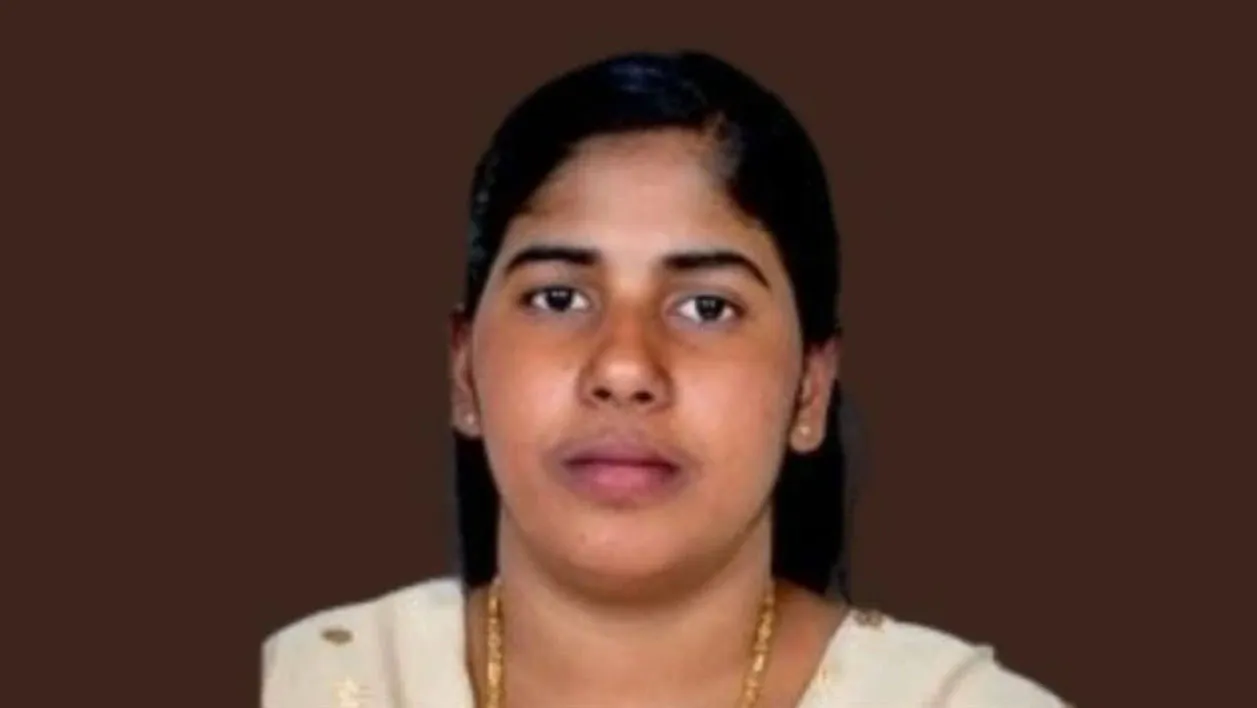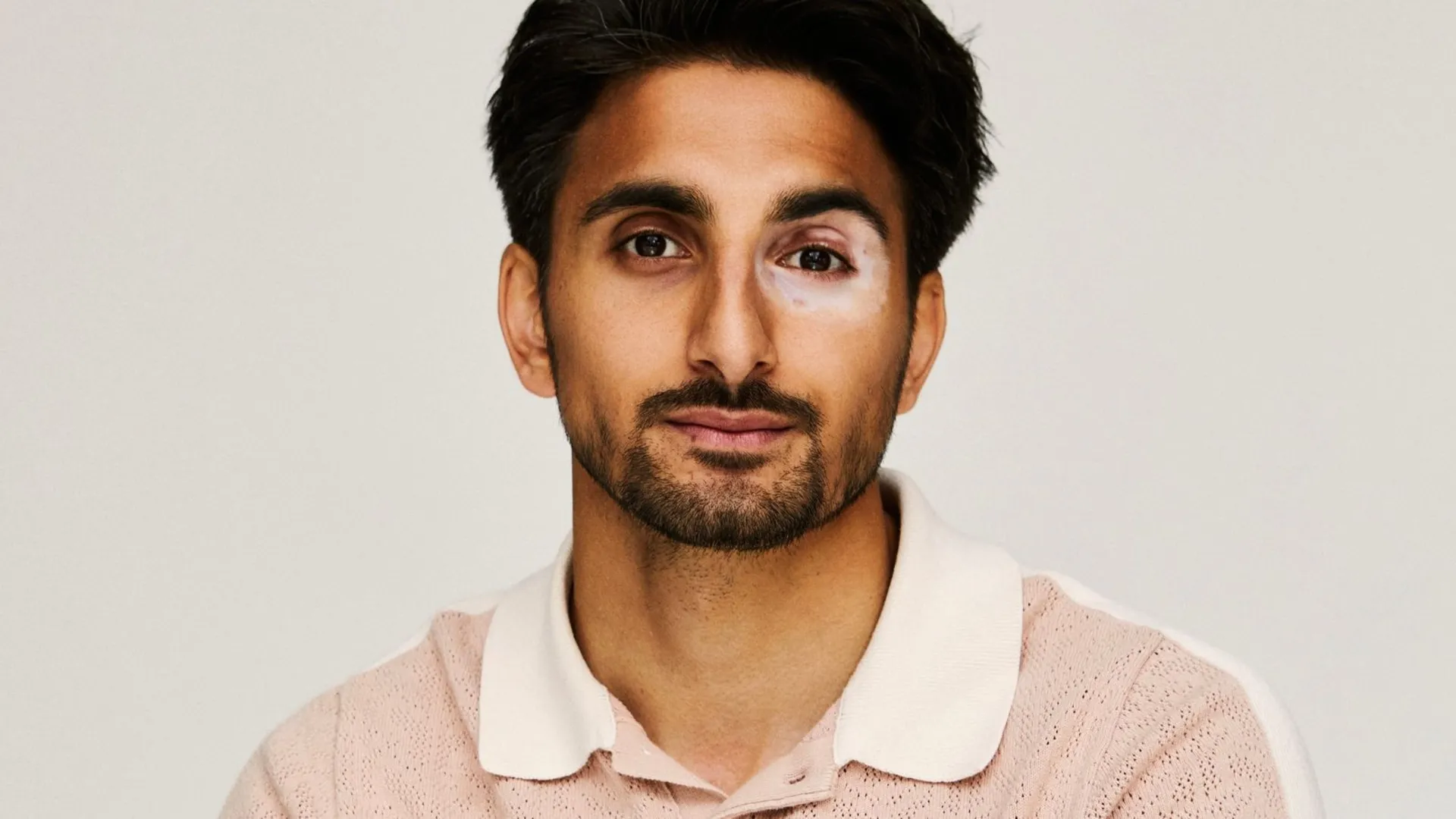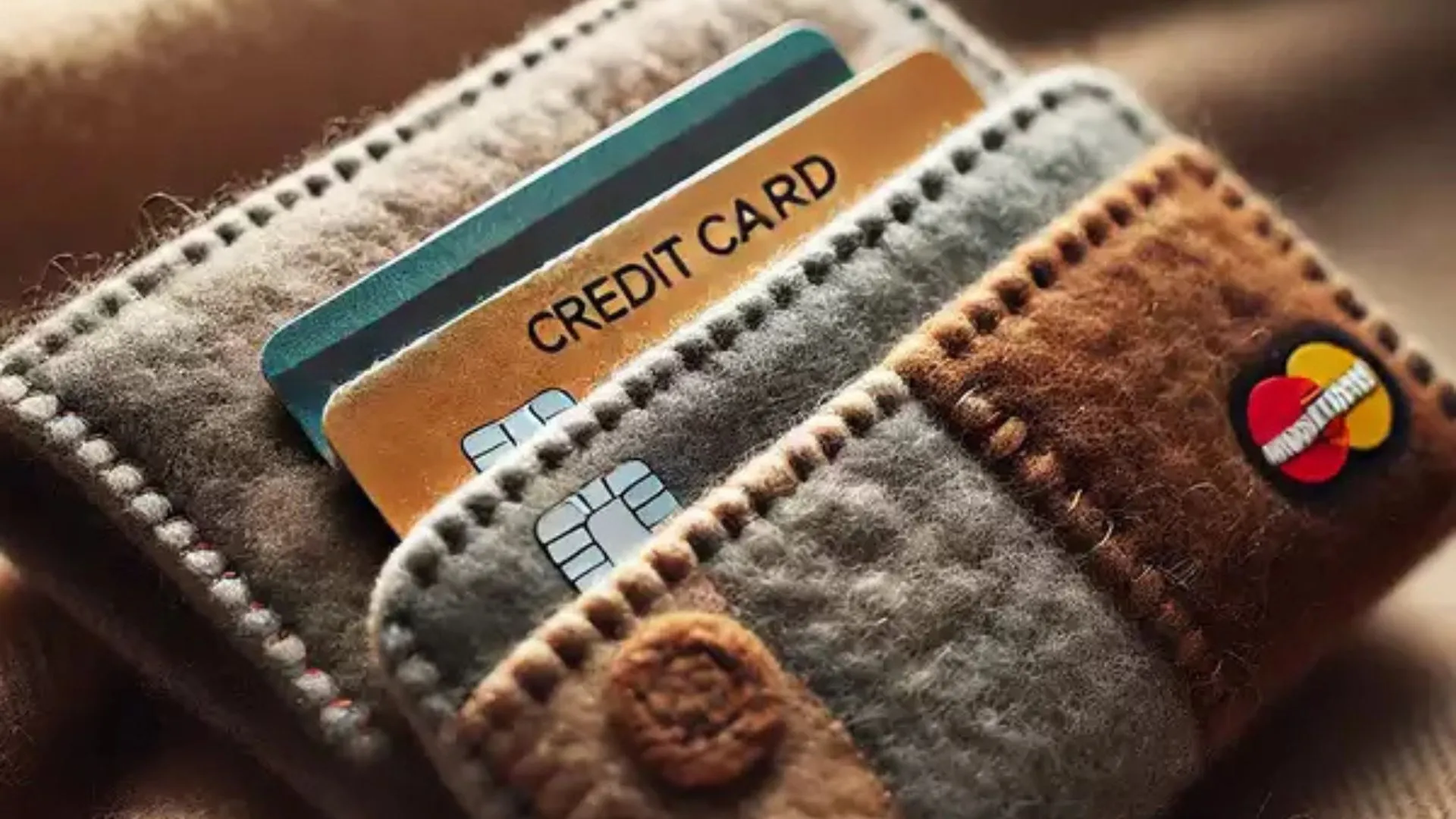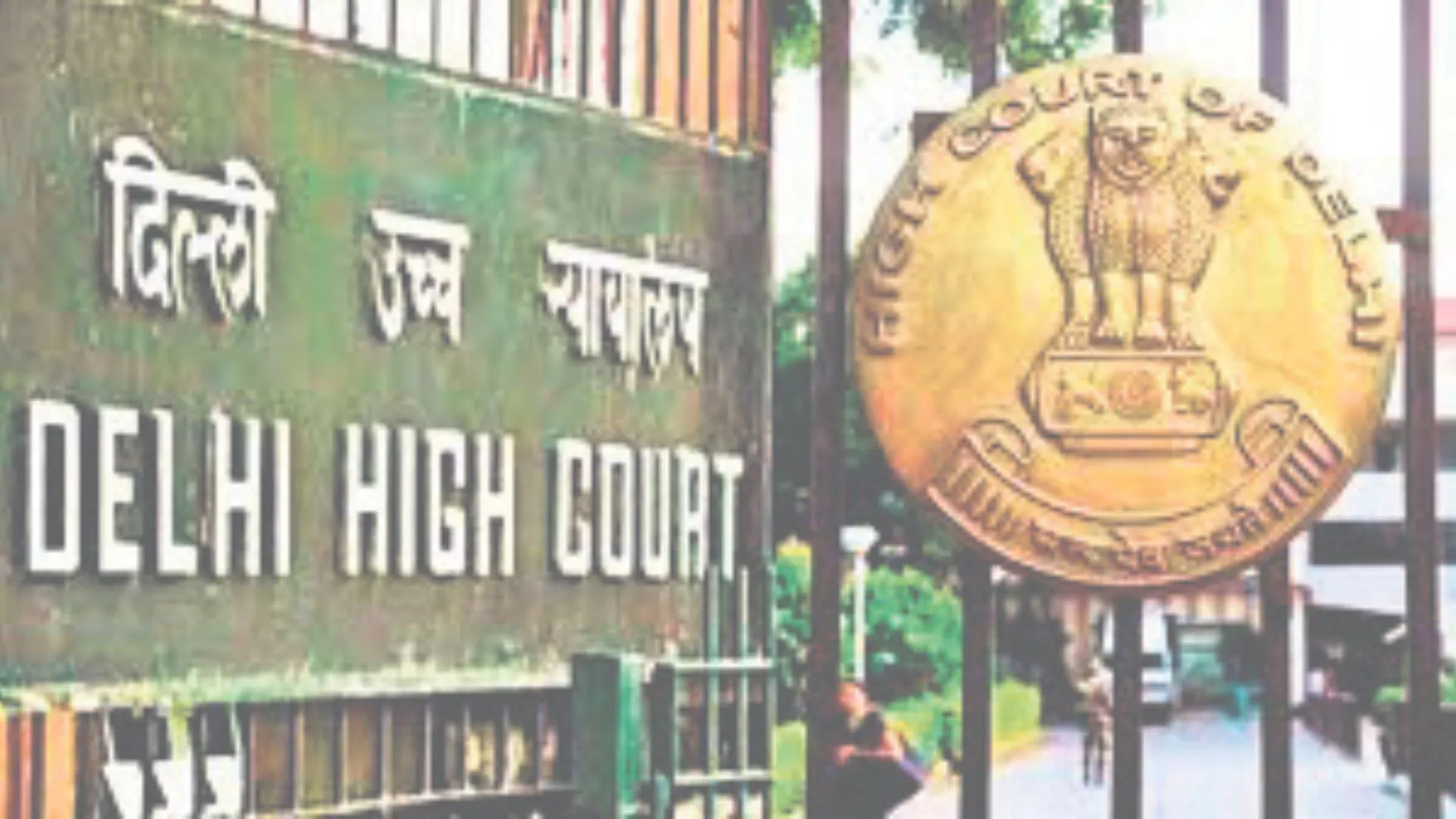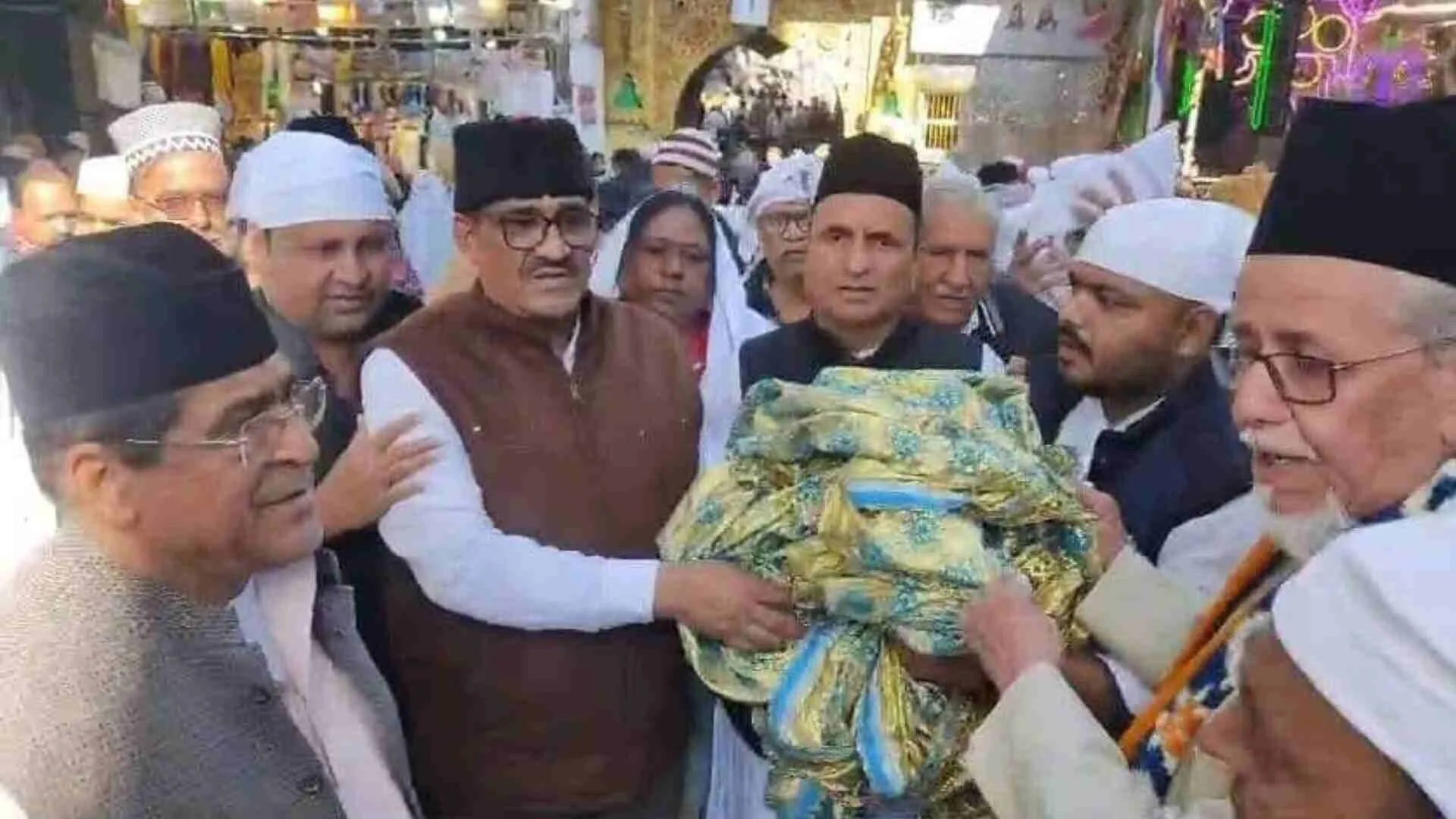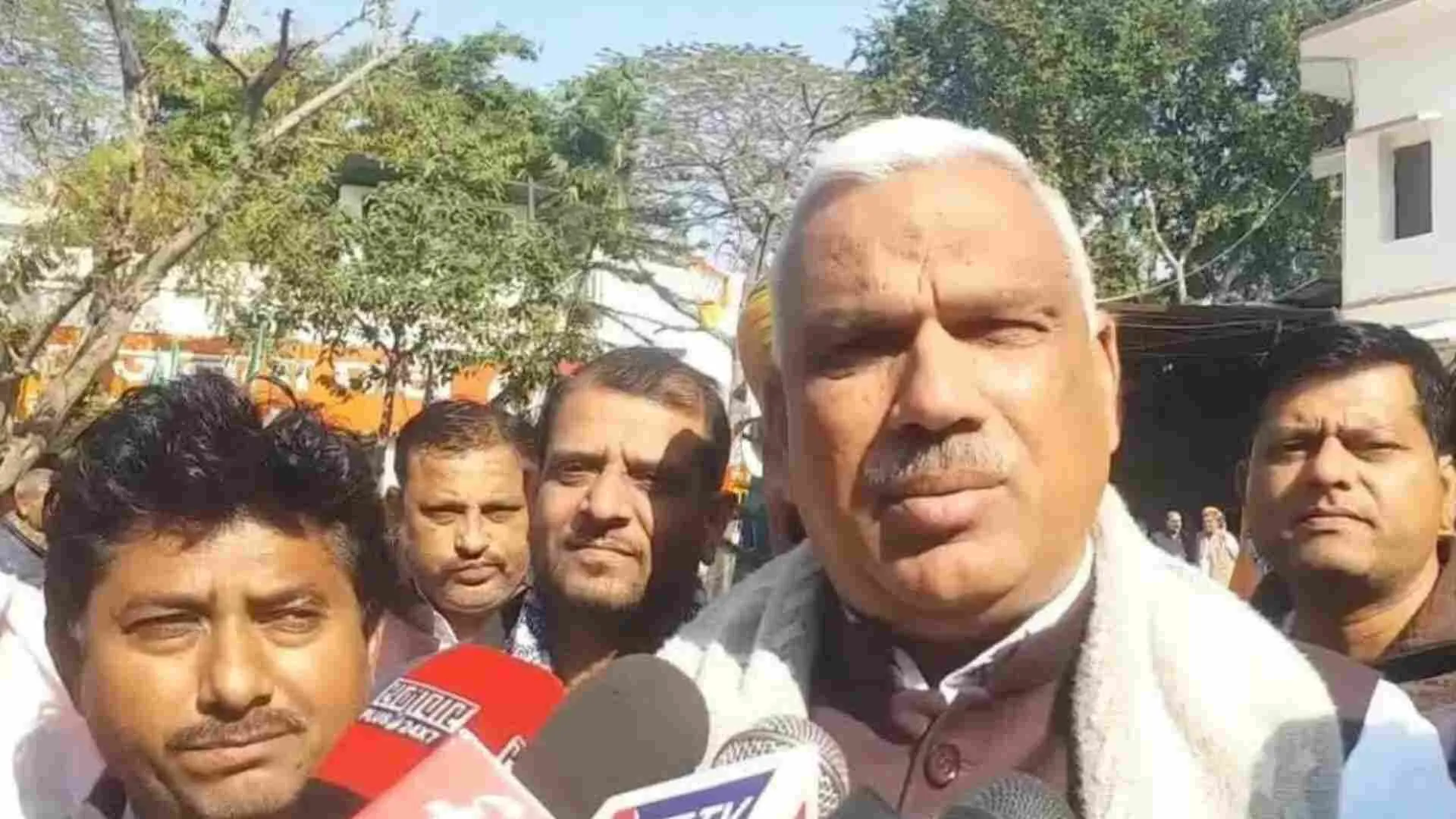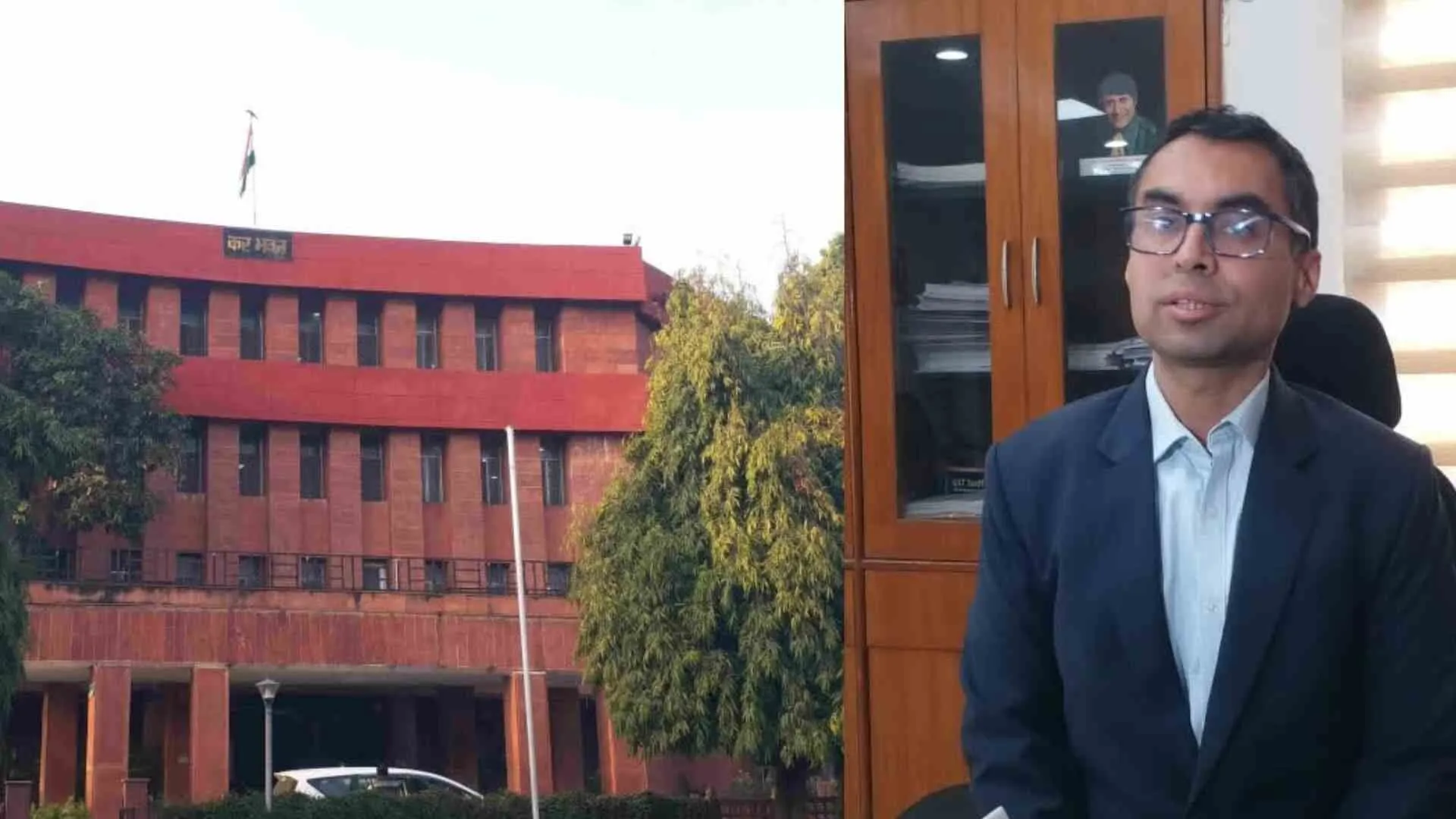The Ultimate Fighting Championship (UFC) is a relatively newer entrant to the world of sporting organisations having originated in the early 1990s. However, being the pioneer of the sport of Mixed Martial Arts (MMA), the UFC is synonymous with MMA, and for most people, the company and the sport are virtually indistinguishable. Boasting of megastars such as Connor McGregor, Khabib Nurmagomedov, Georges St-Pierre, and Anderson Silva, the UFC has transcended the gap from relative obscurity to a household name across the world, in the span of a few short decades. As with most sporting organisations, Performance Enhancing Drugs (PEDs) are a cause of major concern amongst the athletes and fans alike in the UFC too. Fighters on PEDs have caused catastrophic injuries to their opponents. No case illustrates this better than that of Michael Bisping who suffered permanent vision loss in his right eye by a PED infused athlete, Vitor Belfort.
As a result of such issues, there have been considerable attempts by the UFC to make the sport drug free. To that effect, the UFC was initially aided by the respective State Athletic Commissions (SAC) who conducted drug tests on fighters. However, aside from being the testing bodies, the SACs were also the adjudicating bodies if any dispute was raised by the fighter regarding the test results. Moreover, the SACs are also the bodies which issue licenses and permissions for fighters to compete. Owing to this disproportionate tilt of power in favour of the SACs, the lack of an impartial adjudicator, and unclear rules, there were numerous instances where the athletes were wrongfully held guilty of utilizing PEDs and were given disproportionately large penalties for their actions.
The most egregious of such instances occurred when former Pride Middleweight Champion, Wanderlei Silva, a highly respected fighter, was given a lifetime ban from the sport. The punishment was imposed not because Silva failed a drug test, but simply because he refused to provide his urine sample to a Nevada SAC (NSAC) official who had turned up unannounced and attempted to administer an out-of-competition drug test. Naturally the severity of the punishment caused a massive furore, and Silva sued the NSAC in a court, which resulted in the ban being overturned.
Another huge outcry occurred when fan-favourite Nick Diaz was handed a five-year suspension along with a $ 165,000 penalty by NSAC after marijuana metabolites were detected in his system a post-fight drug test. This was despite the fact that two out of the three drug tests that had been conducted had turned out to be negative, and the only positive drug result had been from a workplace lab and not from a proper World Anti-Doping Agency accredited lab. Aside from that, Nick Diaz was a medical marijuana patient, a factor completely disregarded by the SAC. Even more surprisingly Diaz’s opponent in the match, Anderson Silva, who also failed a drug test for the fight upon detection of complex anabolic steroids in his system, received only one year of suspension, though the drugs in his system were relatively more powerful. The disproportionate penalties were attributed to wilful ignorance of evidence by NSAC, and them being vindictive against Diaz, as the latter had always been at odds against the Commission.
Owing to these instances of high-handedness, the SACs were termed as ‘kangaroo courts’ and roundly criticised by major media outlets. Thereafter, the UFC tied up with the United States Anti-Doping Agency (USADA) for independent third party tests in 2015. While the decision was initially welcomed, yet the warm reception was shortlived. Several instances emerged where USADA proved to be counter-productive in achieving its intended objective of ‘cleaning up the sport.’ One of the persistent criticisms against USADA is its punishment of athletes even in the instances where they have ingested a drug unknowingly. Most of such cases arise from consumption of food and nutrient supplements by the athletes. At times, these supplements contain banned ingredients, which are not mentioned on their packaging labels, therefore the fighters ingest them unintentionally. If such substances are detected by USADA, athletes are slapped with fines and suspensions, even if it is proved that the ingestions were not deliberate. As per USADA’s UFC policy, “it is not necessary that intent, fault, negligence or knowing use on the athlete’s part be demonstrated in order to establish an AntiDoping Policy Violation.” This places a tremendous burden upon athletes, as the chances of reduction of penalties in such situations, is extremely slim and completely as per the discretion of USADA.
To establish their innocence in such circumstances, fighters often have to resort to getting their supplements tested by private labs, which can cost as much as upto $1000 per supplement, thereby imposing an additional financial burden on them. Often, up and coming athletes who are unable to pay for private testing, simply accept the suspensions handed down to them. A particularly worrying instance of this nature involved former UFC Heavyweight Champion, Josh Barnett. Upon being flagged for consuming banned substances, Barnett was able to provide sufficient evidence within a matter of a few months which attested that the banned substances were from in a food supplement that he was taking, and their consumption was unintentional. Although USADA ultimately accepted Barnett’s contention, it took the organisation over fifteen months to give him a clean chit in this relatively straightforward matter. Despite not being found guilty of anything, owing to the slow functioning of USADA, Barnett was prevented from competing during those fifteen months, resulting in significant financial losses to the tune of hundreds of thousands of dollars to him. Dozens of other athletes such as Sean O’Malley, Junior Dos Santos, have also been affected by similar cases concerning tainted supplements, and have lost upto two years of their fighting careers owing to long-drawn proceedings and unjustified penalties.
An associated fact of considerable concern is that any adverse report by USADA, however unjustified, immediately causes the fighter to be labelled as a drug cheat in public perception. This is particularly harmful as it leads to substantial loss of reputation and sponsorship revenue.
But perhaps the harshest criticism of USADA is its perceived preferential treatment of star athletes. Initial allegations of this nature arose barely a year into USADA’s relationship with UFC. In 2016 megastar Brock Lesnar was making his much-anticipated return to UFC from retirement. Although USADA has a policy that a fighter need to be a part of USADA pool several months prior to a fight, this mandate was relaxed for Lesnar, and he was allowed to compete after he had only given them only a month’s notice. Later, Lesnar was tested positive for steroids, and his victory in the comeback fight was overturned. This entire fiasco could have been avoided if USADA had stuck to its policies, but instead owing to Lesnar’s lucrative status as a moneydraw, it compromised on its own principles.
This preferential treatment was further highlighted in the case of Jon Jones. Jones, one of the biggest stars of UFC, and a multi-time Light Heavyweight Champion was also a known PED abuser, having been suspended numerous times for drug-related infractions. In 2018, a few days before his comeback fight from one such suspension, traces of a banned substance were found in Jones system. This had the potential of scrapping the entire fight, which would have resulted in major financial losses to the UFC. Surprisingly, in a matter of few days, Jones was cleared of any wrongdoings on the grounds that he had only a few picograms of the substance in his body and that they were residues of his previous drug consumption, and owing to their minuscule quantity, the drugs would not improve his performance. As a result, Jones was allowed to fight even in spite of the traces of drug being in his system.
This was extremely controversial, as USADA had in the past handed two-year suspensions to UFC fighters Frank Mir and Tom Lawlor for consuming similar drugs even though the picogram quantities detected in their systems was considerably smaller than those detected in Jones. Naturally, this raised concerns of differential treatment of athletes, plaguing the already maligned USADA even further. These criticisms grew even louder in November 2019, when another UFC superstar, Nate Diaz, the younger brother of Nick Diaz, was flagged for potential drug violations a few days prior to his superfight against Jorge Masvidal. Diaz publicly threatened to pull out of the fight unless given a clean chit. Considering that this was the most lucrative fight of the year for UFC, swift actions were taken. And the same USADA which took fifteen months to exonerate Barnett, took barely two days to clear Nate Diaz of any wrongdoings . The difference in USADA’s functioning for specific athletes was crystal clear.
As a result of such activities, USADA’s reputation has eroded considerably. This is rather unfortunate as all the positive impact that USADA has had on the sport by catching actual PED abusers and presenting a clean image of the UFC, has been washed away by torrents of criticism. Fighters and fans alike have called for reforms in the system, and more uniformity of the USADA’s functioning. Simple measures such as faster testing, non-deviation from its pre-existing policies and treating athletes fairly will go a long way in resolving the contentious issues. USADA has tremendous potential in being a force for good in the UFC and is undoubtedly, an improvement over the authoritarian SACs. Yet, it must acknowledge its drawbacks and put its house in order, and only then will it be fully acknowledged as a positive contributor to UFC and MMA.
By Ashirbad Nayak (NLU, Odisha, 5th year)

